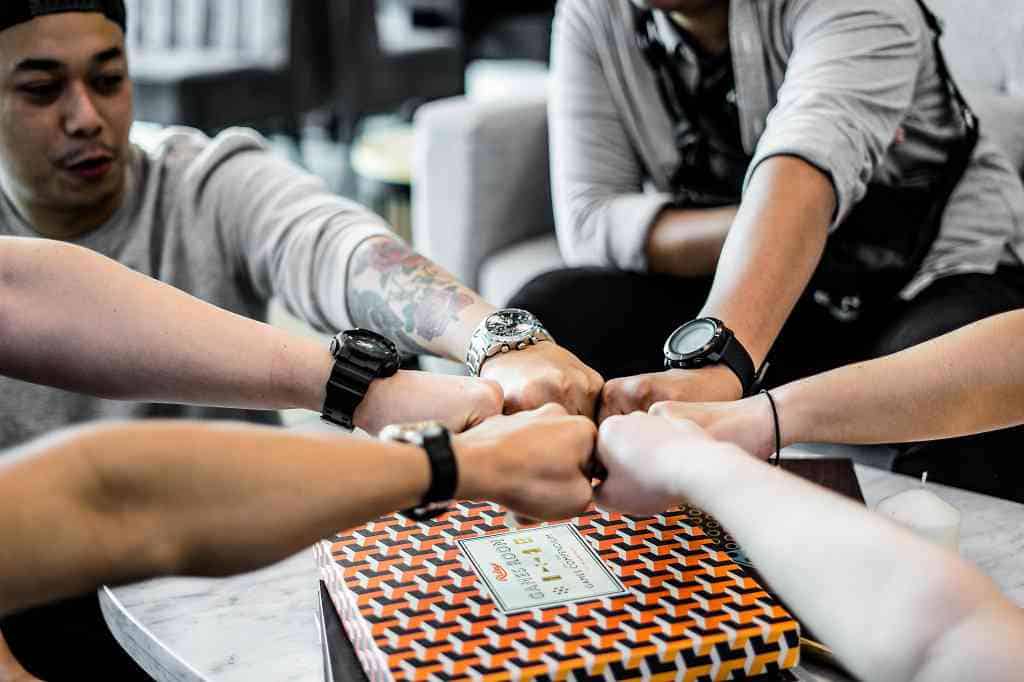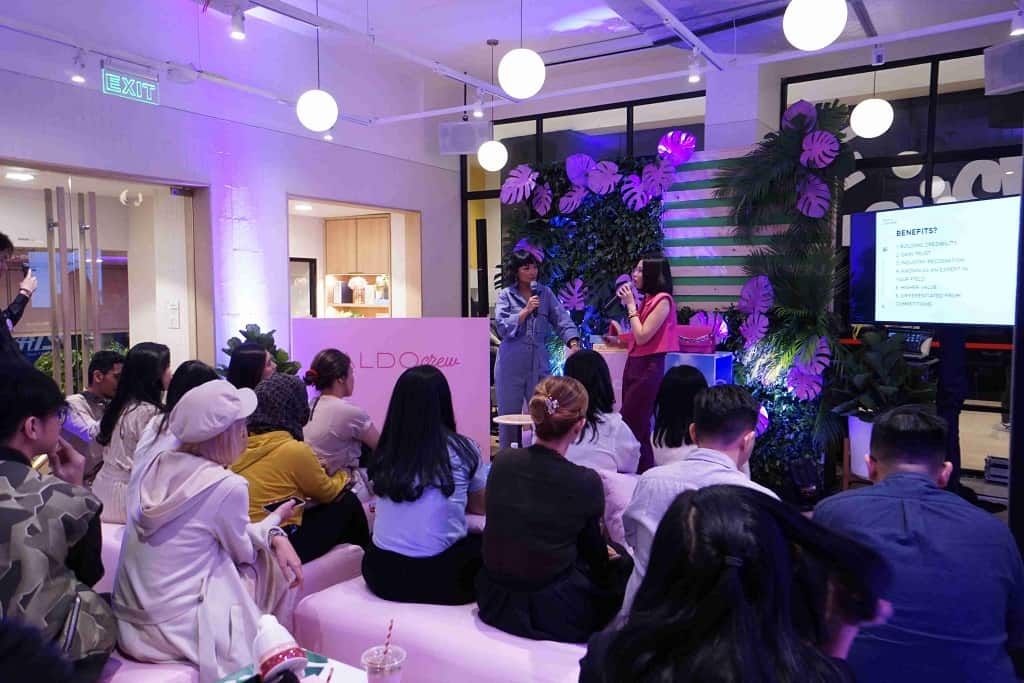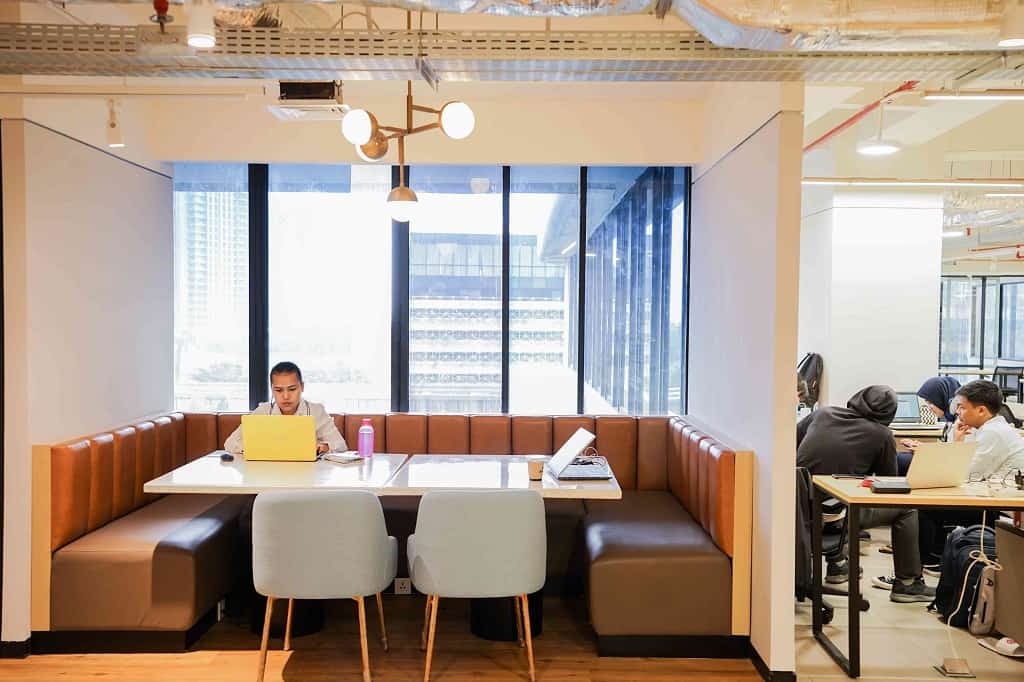The EX: How Office layout can impact Employee Engagement
This article on employee engagement is part of an ongoing series called “The EX”, where we explore the physical aspects of the employee experience and their impact on the quality of their tenure and, ultimately, employee retention. If this your first time reading, we advise you to start from the first article here.
Employee spends most of their time during their tenure in their workplace – that’s a given. But what that implies is that their physical workspace is the most impactful touchpoint between an employee and the company.
The physical workspace is defined by Jacob Morgan, the author of “The Future of Work” as the one that “we can see, touch, and taste, and smell. It’s the art that hangs on the walls, the office floor plan, the demographics of the people we work with (old, young, diversity, etc), and any physical perks we might get such as catered meals in a beautiful cafeteria, an on-site gym, or a lounge area that employees can use to unwind a bit.” The physical workspace is everything that an employee interacts with every day, unfailingly.
Designing a workspace that builds positive impacts towards the employee engagement begins with the layout of the office itself. It’s easy to categorize the layout of modern workspaces to a dichotomy: open or cubicle plans. But in application, offices are best built to support several different modes of work, be it to focus, learn, socialize, or collaborate.

A Tale of A113’s Employee Engagement
Steve Jobs is well-renowned for his “unplanned collaboration”-based redesign of Pixar’s offices. Before Jobs, Pixar’s offices are designed to house different departments in 3 different campuses. Jobs recognized that this separation discourages them from sharing ideas and solutions. To flip things around, he designed an office with an open atrium that he envisions would encourage eye contact between the employees from all the different departments, inspiring communication and the sharing of ideas between departments.
Jobs’ redesigning of Pixar’s office illustrates how the layout of an office can enable or disable the employees to achieve and do activities that directly impacts their work. If we boil down the argument between the proponents of open offices against those who support cubicles, it’s apparent that the main argument leans more towards their work, not their wellbeing.
Office layouts that lean towards the employee engagement support and are concerned of multiple quality-of-life aspects of the work itself. Google famously built a concept of an office where no one is ever more than 150 feet away from food. Employees are always in casual-walk-distance from a restaurant, cafeteria, or micro-kitchen.

When Employee Engagement-based Layouts Work
Intelligently-designed office layouts encourage employees to engagement more of their office. Be it an open office or in cubicles, allowing employees to interact with every part with the office contributes to the overall sense of comfort.
Unrestricted access to other team members is important, and easy access to management’s office can work towards building their morale. Interactions between employees, when encouraged organically, can contribute to their inherent experience. Meeting rooms and collaborative workspaces are good for formal meetings, but casual lounges and an open pantry has been proven to be more effective in sparking moments of informal interactions.
Besides comfort, the office must also be built to support their work. Providing them access to multiple modes of work. Herman Miller speaks of 10 different work modes, divided into two categories – together and alone – in The Origin of Herman Miller’s 10 Modes of Work. Providing areas for each of those modes comes from the behaviors and activities that drove each of those modes, where research may be required.
Experienced in Employee Engagement
If you require workspaces with pre-prepared options backed by years of experience and research, the GoWork has got your back. Plan for Your Future Office Now with our flexible office space solutions.

